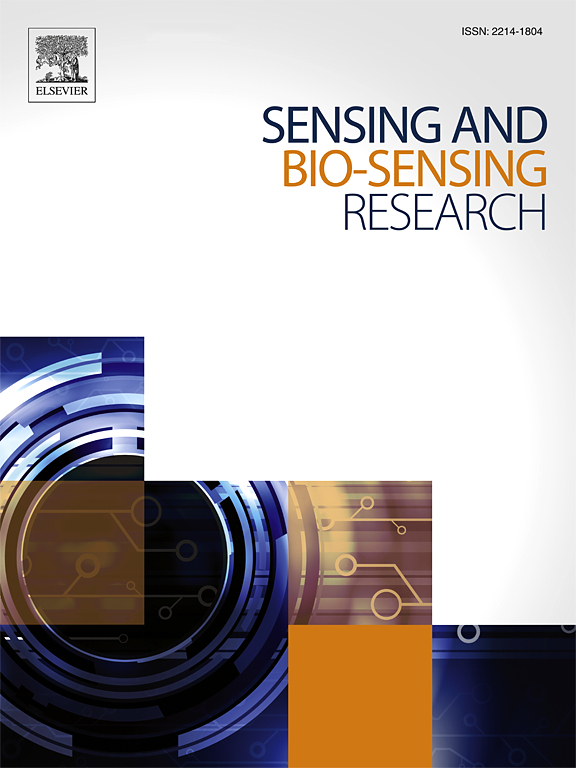核酸配体文库的动力学筛选,用于命中识别,结合模式表征和序列优化
IF 4.9
Q1 CHEMISTRY, ANALYTICAL
引用次数: 0
摘要
结合和解结合率是分子相互作用的重要特征,因为它们决定了结合亲和力和复杂的寿命。特别是,用于治疗或诊断目的的核酸基配体的工程和成熟将极大地受益于在筛选工作中采用动力学表征。本文介绍了一种基于荧光生物传感器平台的核酸配体动力学筛选装置,允许从随机或合理设计的突变文库中快速选择适体序列并进行动力学表征。模块化,非共价方法允许核酸配体的快速和具有成本效益的交换和各种分析物的关联和解离的自动测量。我们筛选了846个独特的生物分子相互作用,涵盖了1774个动力学测量,使我们能够在两个独立的适体中绘制必需和非必需核苷酸,评估序列变化对结合动力学的影响,并提供先导序列来引入固有混杂的小分子结合适体的特异性。本文章由计算机程序翻译,如有差异,请以英文原文为准。

Kinetic screening of nucleic acid ligand libraries for hit identification, binding mode characterization, and sequence optimization
Binding and unbinding rates are important characteristics of molecular interactions as they dictate binding affinities and complex lifetimes. Particularly, the engineering and maturation of nucleic acid-based ligands for therapeutic or diagnostic purposes will greatly benefit from adopting kinetic characterization in screening efforts. Here we introduce a kinetic screening setup for nucleic acid ligands based on a fluorescence biosensor platform, allowing rapid selection and kinetic characterization of aptamer sequences from random or rationally designed mutant libraries. The modular, non-covalent approach allows for a rapid and cost-effective exchange of nucleic acid ligands and automated measurements of the association and dissociation of various analytes. We screened 846 unique biomolecular interactions covered by 1774 kinetic measurements, enabling us to map essential and non-essential nucleotides in two independent aptamers, evaluate the effects of sequence variations on binding kinetics, and provide lead sequences to introduce specificity in an inherently promiscuous small molecule-binding aptamer.
求助全文
通过发布文献求助,成功后即可免费获取论文全文。
去求助
来源期刊

Sensing and Bio-Sensing Research
Engineering-Electrical and Electronic Engineering
CiteScore
10.70
自引率
3.80%
发文量
68
审稿时长
87 days
期刊介绍:
Sensing and Bio-Sensing Research is an open access journal dedicated to the research, design, development, and application of bio-sensing and sensing technologies. The editors will accept research papers, reviews, field trials, and validation studies that are of significant relevance. These submissions should describe new concepts, enhance understanding of the field, or offer insights into the practical application, manufacturing, and commercialization of bio-sensing and sensing technologies.
The journal covers a wide range of topics, including sensing principles and mechanisms, new materials development for transducers and recognition components, fabrication technology, and various types of sensors such as optical, electrochemical, mass-sensitive, gas, biosensors, and more. It also includes environmental, process control, and biomedical applications, signal processing, chemometrics, optoelectronic, mechanical, thermal, and magnetic sensors, as well as interface electronics. Additionally, it covers sensor systems and applications, µTAS (Micro Total Analysis Systems), development of solid-state devices for transducing physical signals, and analytical devices incorporating biological materials.
 求助内容:
求助内容: 应助结果提醒方式:
应助结果提醒方式:


